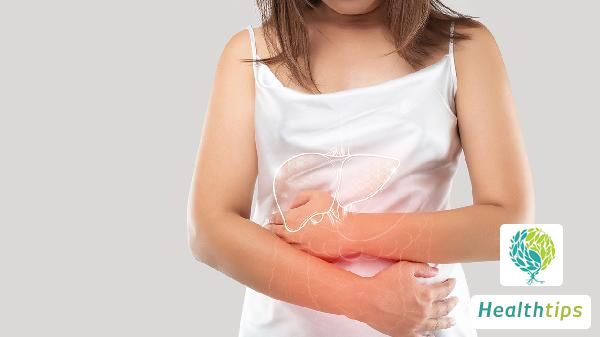How to Determine the Contagiousness of Pulmonary Tuberculosis?
Comprehensive Analysis of Pulmonary Tuberculosis Contagiousness
Determining the contagiousness of pulmonary tuberculosis necessitates a comprehensive analysis encompassing clinical symptoms, laboratory tests, and imaging examinations. Below is a detailed breakdown:

I. Clinical Symptoms
1. Presence of Cough and Sputum: If a patient exhibits these symptoms accompanied by low-grade fever and night sweats, it indicates that the pulmonary tuberculosis is contagious. In such cases, a PPD (Purified Protein Derivative) test can be conducted at a hospital, or the patient can be prescribed medications like Isoniazid under medical supervision.
2. Absence of Notable Discomfort: If the patient does not experience any discomfort and the lungs are not severely infected, the condition generally lacks contagiousness.
II. Laboratory Tests
1. PPD Test: A commonly used method for diagnosing pulmonary tuberculosis, it involves injecting tuberculin into the inner forearm skin and observing the results after 48-72 hours. A negative result indicates the absence of Mycobacterium tuberculosis, while a positive result confirms its presence.
2. Blood Routine Examination: Normal or low white blood cell count, normal or high neutrophil percentage, and elevated lymphocyte ratio suggest a higher possibility of active pulmonary tuberculosis. Conversely, significantly increased white blood cell and neutrophil counts with a decreased lymphocyte ratio may indicate secondary bacterial infection.
III. Imaging Examinations
Chest X-ray examination can be employed to assess lung damage or the extent of pathological changes. Upon diagnosis of pulmonary tuberculosis, medications like Rifampicin Capsules and Ethambutol Hydrochloride Tablets can be prescribed under medical guidance to improve the condition.
In addition, etiological examinations can help clarify the underlying cause. It is recommended that patients seek medical attention promptly to avoid complications.



















